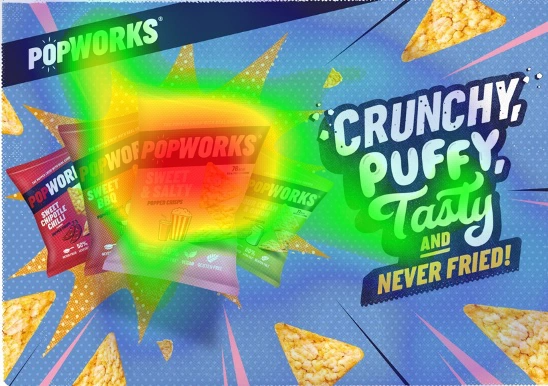Growing a Cannabis Brand Starts “Out-of-Home”
The Art of Growing a Cannabis Brand through Out-of-Home Advertising
At last count, recreational marijuana is legal in 11 states for adults over the age of 21 and legal for medical use in 33 states – with more states on the horizon. Moreover, U.S. retail sales of medical and recreational cannabis are on pace to eclipse $15 billion by the end of 2020, an increase of approximately 40 percent year-over-year. Total U.S. sales could rise to $37 billion by 2024, according to Marijuana Business Daily’s 2020 Marijuana Business Factbook projections.
As the industry continues to boom, cannabis brands and retailers are vying for consumer attention and market share – and they’re choosing out-of-home (OOH) advertising as the channel of choice to build a following and connect with the right audiences. In fact, 91 percent advertising spending to promote cannabis businesses went to OOH in 2019. For the first quarter of 2020, it was 93 percent, according to Kantar data shared by Kym Frank, President of Geopath.
To delve deeper into the budding OOH vertical, Talon Outdoor recently hosted a roundtable discussion exploring “How Outdoor Advertising Can Grow Cannabis Businesses,”at MJ Unpacked: California Market – a virtual event series for cannabis brand and retail executives. Jonathan Conway, Talon U.S. Chief Operating Officer, moderated a session that included Ginny Deitchler, Talon U.S. Director and Cannabis Outdoor Advertising Expert; Gina Austin, Managing Attorney at Austin Legal Group, APC; and Dan Lapinski, Senior Director of Product Marketing and Strategic Partnerships at LoopMe.
The Appeal of OOH for Cannabis Marketers
The roundtable explored OOH’s ability to offer effective, compliant and measurable solutions, making it a perfect ad channel for cannabis marketers. Early on, Talon saw the emerging opportunities for cannabis businesses to grow using OOH advertising and it now ranks among the fastest growing industry categories for the agency. Talon has built a team of cannabis OOH advertising experts to support these businesses. The team has a track record of success in executing OOH and cross-channel campaigns for a variety of Cannabis businesses, from major CPG brands to dispensaries and delivery services. Talon expertise in regulated category OOH marketing is powered by proprietary data-rich tools and technologies, such as its OOH planning and buying platform, Plato, which identifies effective OOH ad placements based on location, context, and the profile of available audiences.
Talon complements precision campaign planning with actionable cannabis consumer intelligence, through its partnership with digital advertising and measurement specialist, LoopMe. The two companies recently joined forces to dive deeper into cannabis consumer analytics and insights. Among the highlights from the research: 1 in 4 consumers learn about new cannabis brands, products, and their availability directly through advertising. Stay tuned for more insights to be released in the coming weeks.
Navigating Cannabis Marketing Regulations
Brand marketing compliance was another topic addressed by the roundtable. Speakers acknowledged that regulations for cannabis marketing are complex as they are ever-changing and can vary state by state, county by county, right down to the municipality and even building owner. Brands and dispensaries must navigate the disparate regulations that limit where, how, and who they can target with their message. These limitations can present challenges for the uninitiated. For instance, ads cannot be within close proximity of schools, playgrounds, recreation centers, childcare centers or public parks. There are also key regulation distinctions between CBD versus THC advertising.
For some perspective, it has only been a little under eight years since Colorado and Washington voted to legalize recreational cannabis use. As this nascent industry continues its meteoric growth, OOH advertising has become a powerful tool to reach and engage the right consumers. Creating the most effective campaigns and measuring the outcomes, whilst also navigating the ever-changing dos and don’ts, can be tricky. This is why partnering with an expert specialist team is key for achieving campaign success.




